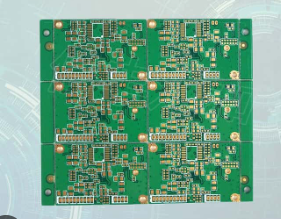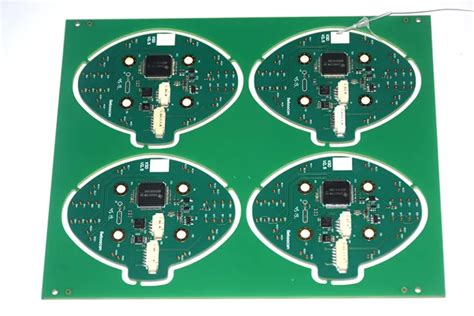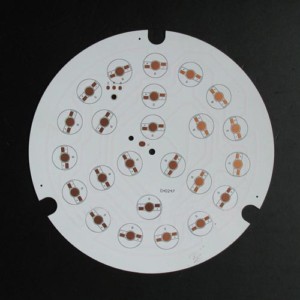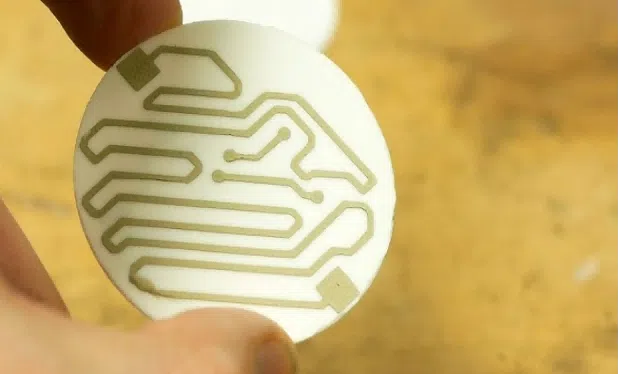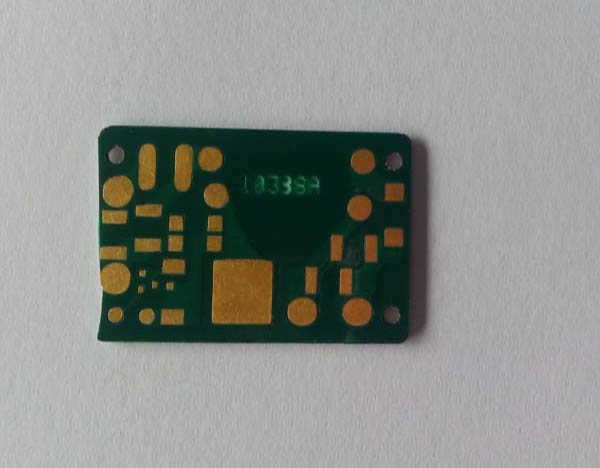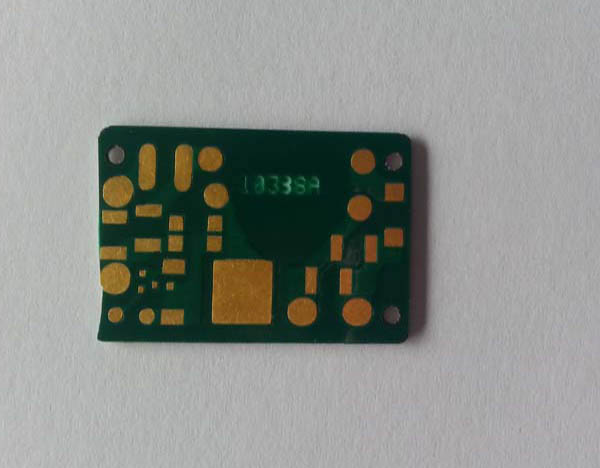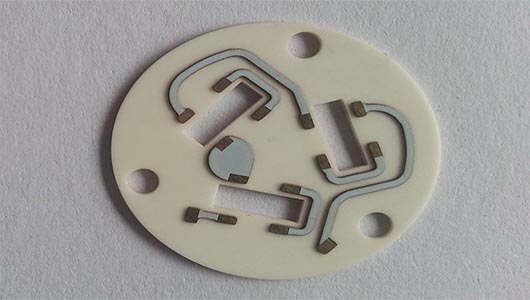Design high speed pcb
Designing high-speed printed circuit boards (PCBs) is a complex task that requires meticulous attention to detail and a deep understanding of both electrical and mechanical principles.
As technology advances, the demand for faster and more efficient electronic devices continues to grow, making the need for high-speed PCB design more critical than ever. To achieve optimal performance, it is essential to follow best practices that ensure signal integrity, minimize electromagnetic interference (EMI), and maintain overall system reliability.

